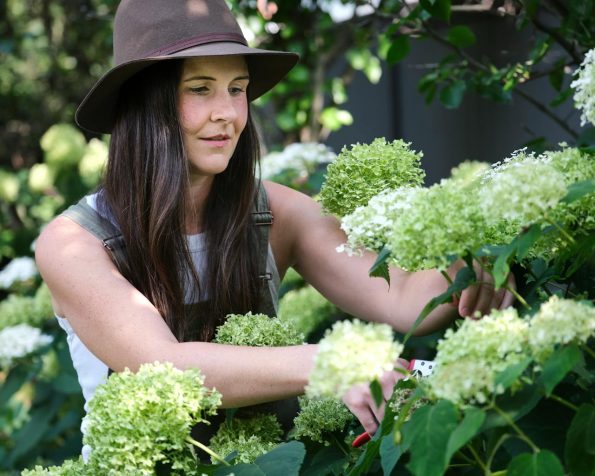The Startup Magazine How Landscapers Keep Trees Looking Green and Healthy

Maintaining the health and vibrancy of trees is a critical aspect of landscaping that significantly enhances the aesthetic appeal of any property. Professional landscapers employ various techniques to ensure that trees remain lush, green, and resilient against environmental stresses.

From proper pruning to regular maintenance and pest management, here’s how landscapers keep trees looking their best.
1. Pruning Techniques
One of the most effective methods landscapers use to promote tree health is pruning. According to the Old Farmer’s Almanac, pruning while a plant is dormant allows it to recover more easily, which is crucial for next year’s flowers and foliage. Dormant pruning typically occurs in late winter or early spring, before new growth begins. This technique helps remove dead or diseased branches, allowing the tree to direct its energy toward new growth and healthier branches.
Additionally, proper pruning encourages better air circulation and sunlight penetration, which are vital for photosynthesis. Landscapers are trained to identify which branches to trim and understand the best techniques to avoid damaging the tree. By maintaining the right shape and removing any weak branches, landscapers help trees thrive throughout the growing season.
2. Watering and Irrigation
Proper watering is essential for maintaining tree health. Landscapers often implement irrigation systems that deliver water directly to the root zone, ensuring that trees receive adequate moisture without overwatering. Overwatering can lead to root rot, while underwatering can stress the tree and lead to wilting and disease.
During dry spells, landscapers monitor soil moisture levels and adjust irrigation schedules accordingly. They understand the specific water needs of different tree species and tailor their approach to meet these requirements. By ensuring trees are consistently hydrated, professional landscapers help maintain their lush green appearance.
3. Soil Health and Nutrient Management
The health of a tree largely depends on the quality of the soil it grows in. Landscapers often conduct soil tests to determine nutrient levels and pH balance. Based on these assessments, they may amend the soil with organic matter or fertilizers to enhance its nutrient content. Healthy soil promotes robust root systems, which are crucial for water and nutrient uptake.
Mulching is another common practice among landscapers, as it helps retain soil moisture, regulate temperature, and suppress weeds. According to Go Tree Quotes, an estimated 5 million trees are planted daily, highlighting the importance of ensuring that these trees have the best start possible. A well-mulched area around a newly planted tree can significantly enhance its survival and growth rates.
4. Pest and Disease Management
Tree health can be compromised by pests and diseases, making effective management strategies vital. Landscapers regularly inspect trees for signs of infestations or disease, such as discoloration, wilting, or unusual growth patterns. By identifying problems early, they can implement appropriate treatments before the issue escalates.
Integrated pest management (IPM) is a common approach used by professional landscapers. This method combines biological control, habitat manipulation, and chemical control when necessary. The goal is to minimize damage while maintaining environmental health. Regular monitoring and maintenance ensure that trees remain resilient against common threats.
5. Insurance Considerations
While professional landscaping and tree care can greatly reduce the risk of damage, it’s important to acknowledge the potential for unforeseen incidents. According to National General, the average insurance claim amount for tree damage is $4,000. This underscores the necessity of proactive tree maintenance to prevent damage during storms or high winds. Landscapers play a crucial role in maintaining tree health, which can reduce the likelihood of falling branches or uprooted trees.
6. Seasonal Care and Education
Landscapers also provide valuable education to homeowners regarding seasonal tree care. Understanding how to properly care for trees throughout the year can make a significant difference in their health. This includes recognizing the signs of stress, implementing proper watering techniques, and knowing when to call in a professional for more intensive care.
Maintaining green and healthy trees requires a multifaceted approach that includes proper pruning, watering, soil management, pest control, and ongoing education. By employing these techniques, professional landscapers help trees thrive, enhancing the beauty and value of landscapes while ensuring their longevity. With the increasing number of trees being planted daily, the role of skilled landscapers becomes even more critical in preserving the natural beauty and ecological balance of our environments. Investing in professional tree care is not just an aesthetic choice; it is a commitment to sustainability and environmental health.






